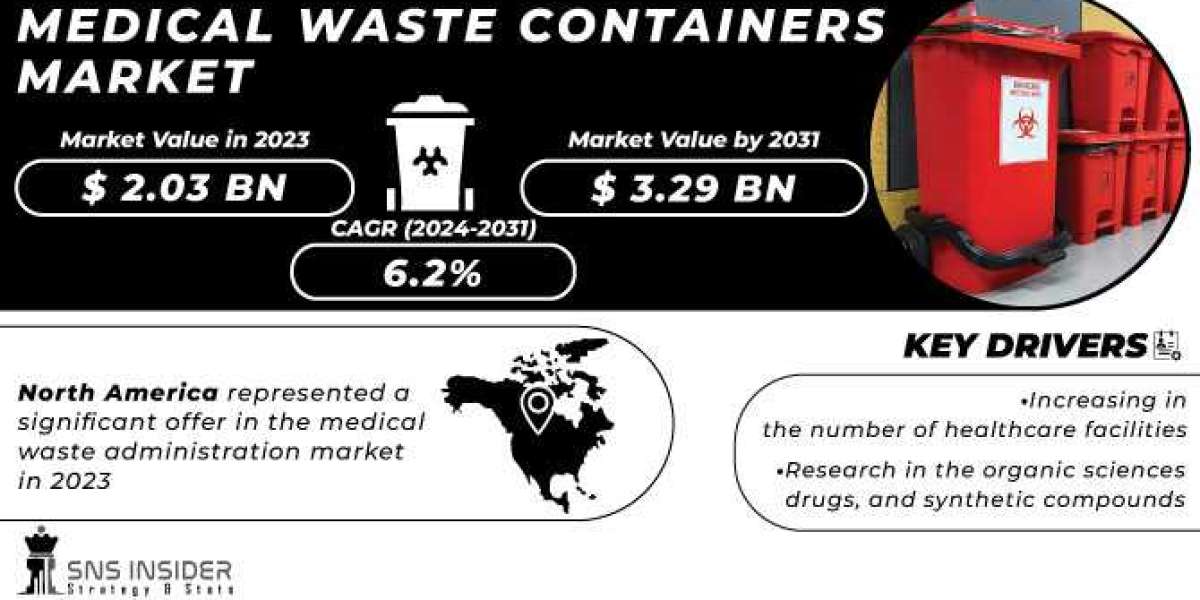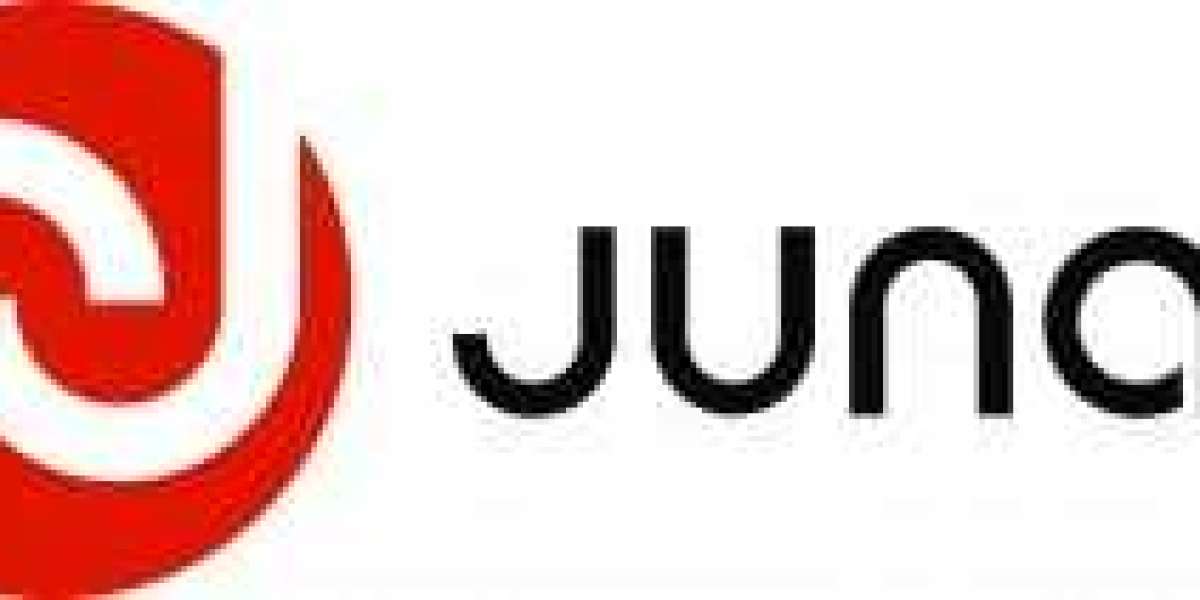The market is characterized by innovations in container design, materials, and safety features to improve disposal processes. Advances include tamper-proof, leak-resistant containers made from durable materials to ensure the safe containment of medical waste.
The Medical Waste Containers Market Size was valued at USD 2.03 billion in 2023 and is expected to reach USD 3.29 billion by 2031, and grow at a CAGR of 6.2% over the forecast period 2024-2031.
Market Overview: As healthcare facilities grow and the number of medical procedures increases worldwide, the volume of medical waste is also on the rise. The global medical waste containers market is driven by factors such as the need for strict disposal regulations, rising concerns over infection control, and the increasing demand for sustainable waste management solutions. The healthcare sector, which includes hospitals, clinics, diagnostic centers, and laboratories, represents the largest end-user segment for medical waste containers.
Key Points:
- Growth in Healthcare Sector: The expanding healthcare industry is increasing the volume of medical waste, driving demand for medical waste containers.
- Strict Regulatory Standards: Governments and regulatory bodies worldwide are enforcing stringent regulations for the proper disposal of medical waste, contributing to market growth.
- Focus on Infection Control: Medical waste containers help prevent the spread of infections by ensuring safe disposal and minimizing the risk of contamination.
- Sustainability Trends: The increasing emphasis on eco-friendly products is leading to the development of biodegradable and recyclable medical waste containers.
- Technological Advancements: Innovations in container materials (e.g., leak-proof and tamper-resistant) and smart waste management systems are gaining traction.
- Rising Healthcare Awareness: The growing awareness of infection control practices and the importance of proper waste management is boosting the adoption of medical waste containers.
- Global Expansion: The growth of healthcare infrastructure in developing countries is creating new opportunities for market players.
Key Market Segments:
By Product
- Chemotherapy Containers
- Biohazardous Medical Waste Containers
- Resource Conservation and Recovery Act (RCRA) Containers
- Others
By Waste Type
- General Medical Waste
- Infectious Medical Waste
- Hazardous Medical Waste
- Others
By End-use
- Hospitals Private Clinics
- Diagnostic Laboratories
- Research Institutes
- Others
Regional Analysis:
North America accounted for a significant share of the medical waste management market in 2023 and is expected to maintain its dominance during the forecast period. This is attributed to the rise in chronic disease prevalence, the presence of key industry players, growing environmental awareness about waste management, and the increasing volume of medical waste in the region.
Future Scope:
The future of the Medical Waste Containers Market looks promising, with several developments expected to shape its growth trajectory:
- Sustainable Solutions: The shift towards sustainable, biodegradable, and recyclable medical waste containers is expected to dominate the market, driven by both environmental concerns and evolving regulations.
- Smart Waste Management: Innovations in technology, such as IoT-enabled medical waste containers that track waste collection and disposal processes, will offer greater efficiency and compliance with regulations.
- Growing Demand in Emerging Markets: Rapid healthcare infrastructure development in emerging economies, particularly in Asia-Pacific, Latin America, and Africa, will drive demand for medical waste containers.
- Enhanced Safety Features: As the focus on healthcare worker safety intensifies, medical waste containers with enhanced safety features, such as user-friendly openings and anti-tamper designs, will see increased adoption.
- Integration with Circular Economy Models: The adoption of circular economy models, where materials and products are reused or recycled, will influence the design and disposal practices surrounding medical waste containers.
Get Scope Sample@ https://snsinsider.com/sample-request/1062
Conclusion:
The Medical Waste Containers Market is poised for continued growth as the healthcare sector expands globally and regulatory pressures surrounding waste management intensify. Innovations in container design, an increasing focus on sustainability, and rising awareness of infection control are key factors driving market growth. As healthcare systems evolve, there will be greater emphasis on efficient, safe, and eco-friendly waste management solutions. The market presents significant opportunities for both established players and new entrants to meet the growing demand for advanced medical waste containers, positioning themselves for success in a rapidly changing landscape.
Contact Us:
Akash Anand – Head of Business Development Strategy
Phone: +1-415-230-0044 (US)














